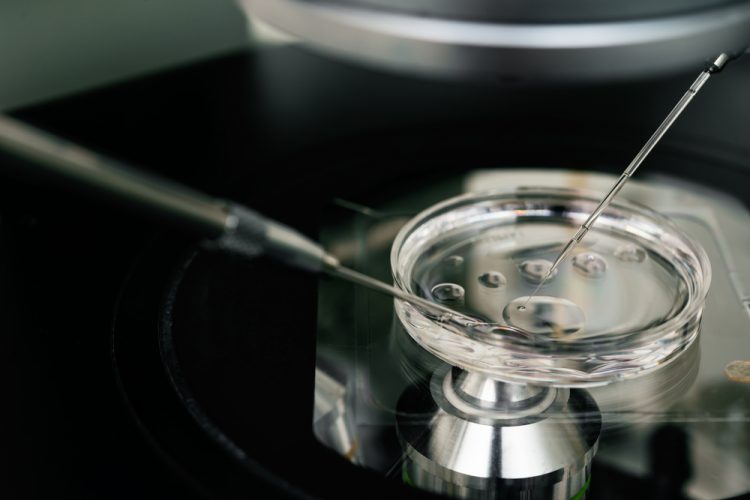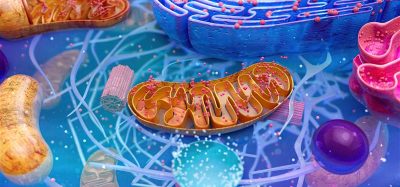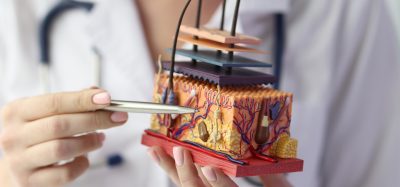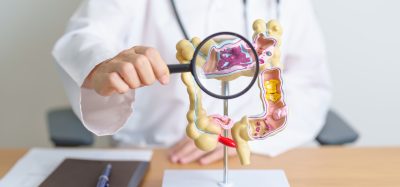New model found to improve drug development in pre-clinical trials
Posted: 20 June 2019 | Drug Target Review | No comments yet
Researchers have successfully created a multi-organ in vitro model to test toxicity and efficacy of drugs.


A reconfigurable multi-organ in vitro model could transform drug development by simultaneously measuring compound efficiency and toxicity, according to a new study. The new technique opens pathways to change biomedical research and personalised medicine through more accurate and efficient preclinical testing without the use of animal models.
A team from biotech firm Hesperos in collaboration with Roche and the University of Central Florida (UCF) conducted the research. They created a multi-organ in vitro model which was able to replicate in vivo responses to anticancer therapies for both the parent drugs and their metabolites to determine therapeutic index for single drugs and drug-drug combinations.
The researchers tested their device in two scenarios: on cancer-derived human bone marrow cell lines for anti-leukaemia drug analysis and on vulva and breast cancer cell lines to test multi-drug treatments.
For both configurations, an in vitro system was developed with the capacity to house multiple human-derived organ-like tissue constructs grown on an array of biological microelectromechanical systems (bio-MEMS) modules. These were developed in a single recirculating serum-free medium that allows non-invasive measurements of responses in the human surrogate.
In the leukaemia model, two bone marrow components were incorporated with liver tissue to measure the cytostatic effects of two anticancer drugs on bone marrow-derived cells and off-target effects on the liver. Testing showed that liver viability was not affected by one drug but was reduced by 30 percent with the other in the first configuration.
In the second configuration, a multi-drug resistant vulva cancer cell line and a breast cancer cell line were incorporated into the system with a liver compartment to determine metabolic effects and with functional cardiac models to measure electrical and mechanical deficits from off-target toxicity. A common breast cancer drug reduced viability of the breast cancer cells only after being processed by the liver. It did not affect the vulva cancer cells except when co-administered with a permeability-glycoprotein (Pgp) inhibitor. This configuration produced off-target cardiac effects, as indicated by a reduction of contractile force, beat frequency and conduction velocity, but did not affect viability.
The ability of these systems to assess cardiac function non-invasively and monitor biomarkers over time, using multiplexed and repeat drug dosage regimes, provides an opportunity to run long-term studies for chronic administration of cancer drugs or drug-drug combinations.
“This is a game changer in the preclinical drug development process, which normally requires an animal model to measure therapeutic index, and in the case of many rare diseases requires testing in humans as there are no animal models available,” said Hesperos Chief Scientist James Hickman, professor at UCF’s NanoScience Technology Center. “In addition, our system will allow testing of different therapies on small samples of a specific cancer patient’s tissue to help inform doctors about which treatment works best for each individual.”
The findings were published in Science Translational Medicine.
Related topics
Drug Development, Drug Targets, In Vitro, In Vivo, Personalised Medicine
Related organisations
Hesperos, Roche, Science Translational Medicine, University of Central Florida








